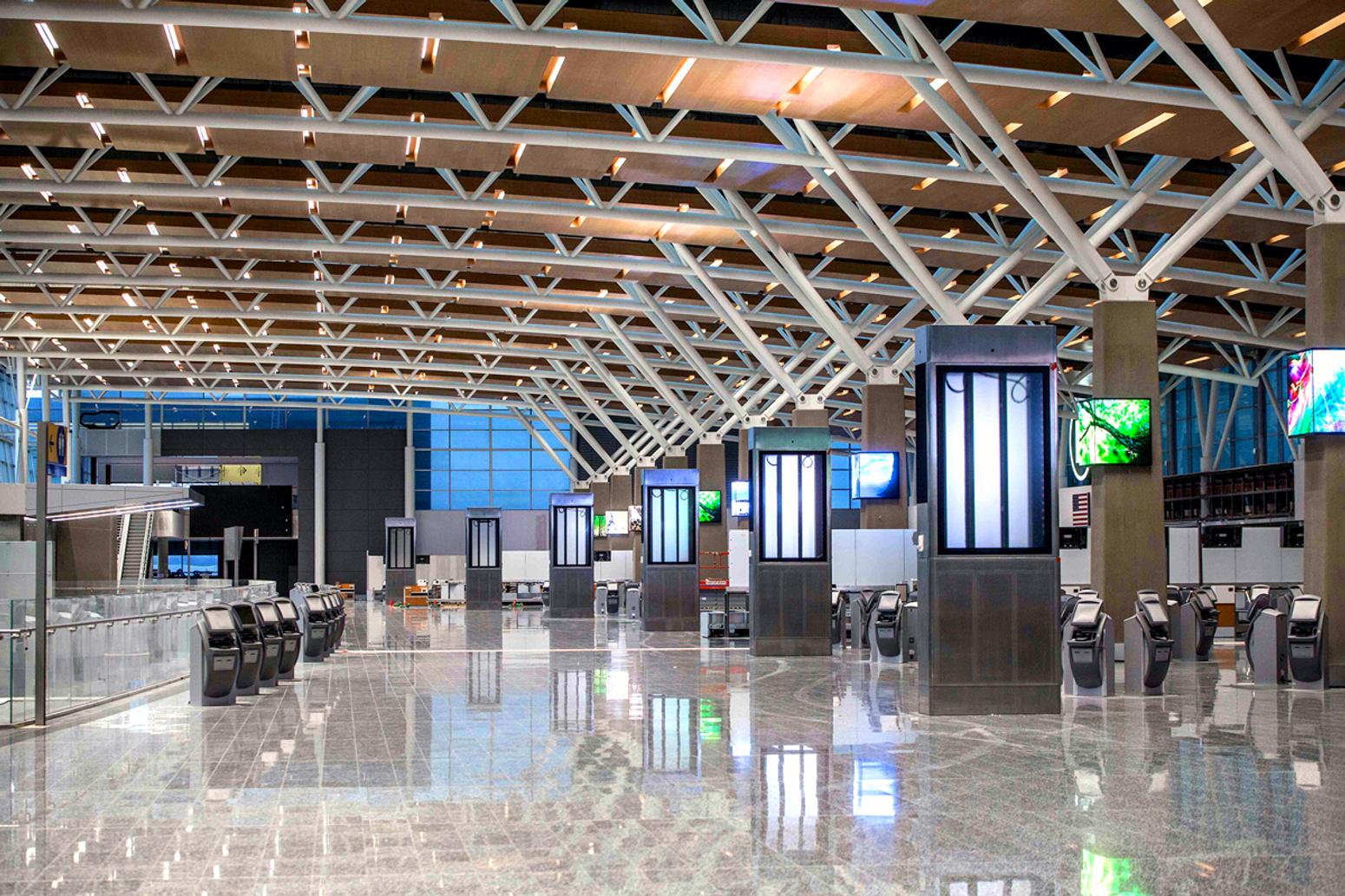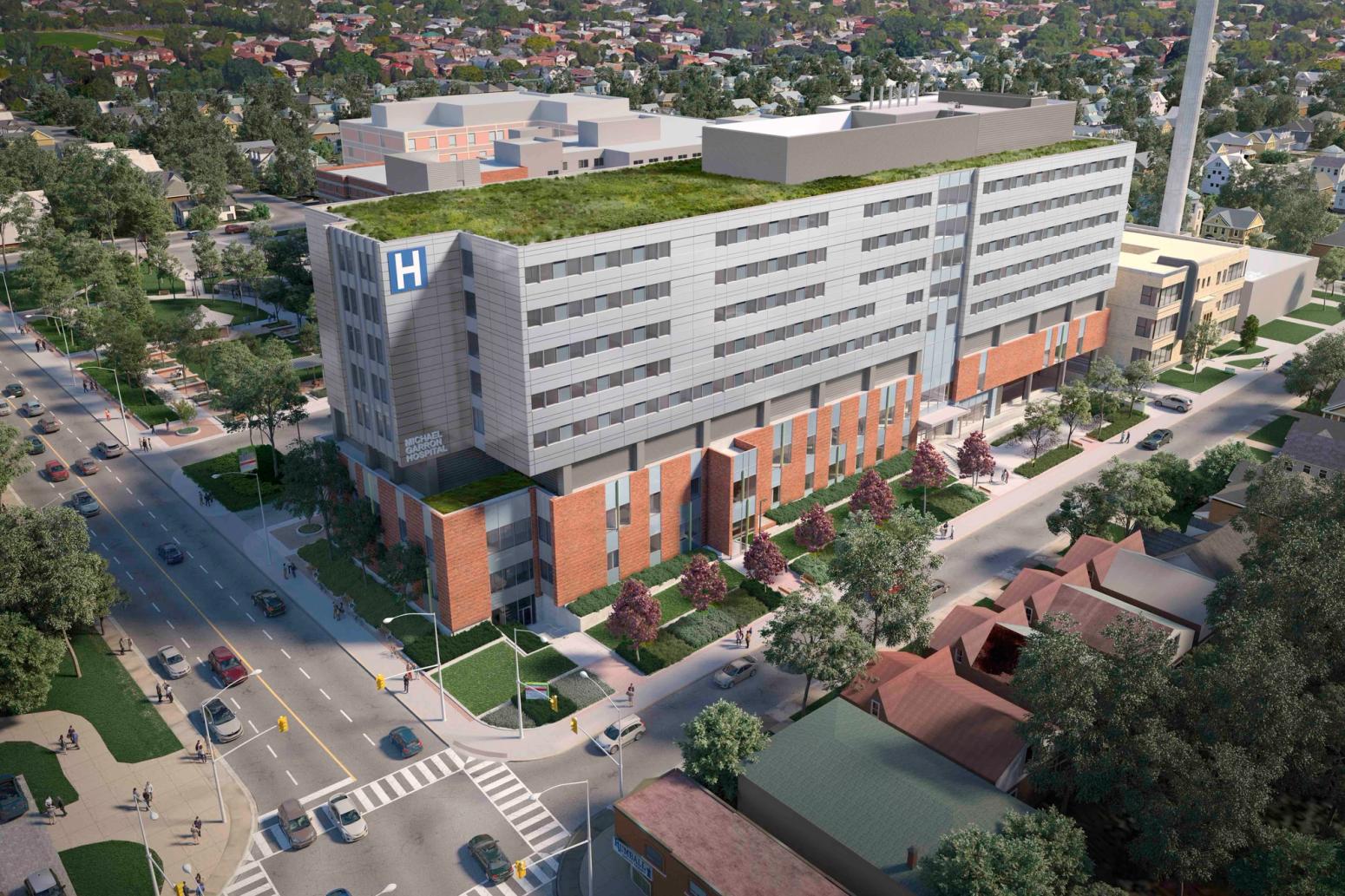Jun 27, 2020
Spotlight
Jean Marie River
Location: Northwest Territories, Nunavut, Yukon
Delivery Model: Consulting Services Cost:
Team/Service: IST—Insurance Building Costs Consultants
Scope: Insurance Claim Assessments—Building Repair Costs Consultants
Project Highlights
In May 2021, the Mackenzie River flooded its banks, causing overland flooding to all low-lying areas in the region. As a result, all residents between the Jean Marie River First Nations and Fort Simpson locations were displaced. Water levels were the highest recorded with evacuees being rescued via canoes and helicopters due to limited accessibility.
Inspections of residential, commercial, and industrial sites, revealed that mud, water, and debris had flooded entire communities, leaving structural damages to dwellings, buildings, and infrastructure in the community. EllisDon’s ability to mobilize a consultant team immediately for the extremely remote location was well received, with the ability to assess the areas, scope damages, issue practical advice and assist with logistical requirements for immediate action on the projects.
The Insurance Assessment team provided:
- Value-based project management and guidance for immediate mitigation requirements to the damaged building of the claim.
- Damage assessment and interpretation of the immediate objective requirements of the claim.
- Recommendations and problem-solving the situation by building based on damage severity.
- Scope of work formulation to return each building to a pre-loss state.
- Communication with the market, contractors, and insurance adjusters on the project, and monitoring performance to scheduled agreements.
- Monitoring to ensure the scope objectives were completed for each building and that deadlines were met.
The Insurance Assessment team conducted ongoing discussions with the market, clients, and insurance company regarding time schedules, logistical issues, and deliveries, which enabled accommodations and modifications in the plan. EllisDon was able to secure contractors from neighboring towns and local community members to assist with the project repairs.
This project was unique due to the remote location, surrounding conditions, and accessibility to contractors, materials, and logistics. Contractors and teams were authorized to set up camp with temporary accommodation and a cook shack for crews to stay at the site. Work schedules were strategically planned for crew rotation and off time to ensure work productivity and time management.
Objectives, resources, and processes were identified and coordinated to ensure each party was working consistently with each other to achieve the deadline on this project. The project schedule was broken down by task per building scope requirements and with weekly updates communicated on the project progress to achieve the deadline commitment. All stakeholders participated as a team and were given greater responsibility to achieve the end goal for occupancy, which significantly improved the way the project was managed.





